Yellowstone National Park attracts over four million visitors annually, yet most people follow the same predictable routes and cluster around the famous geysers and overlooks featured in every guidebook. The park encompasses 2.2 million acres of diverse landscapes, meaning countless incredible destinations remain virtually unknown to the typical tourist rushing between Old Faithful and the Grand Canyon of Yellowstone.
These hidden gems offer the same natural wonders that make Yellowstone special—thermal features, wildlife viewing, and stunning scenery—without the crowds that can diminish the wilderness experience. Here is a list of 16 Yellowstone spots crowds miss that provide authentic encounters with one of America’s most spectacular national parks.
Slough Creek
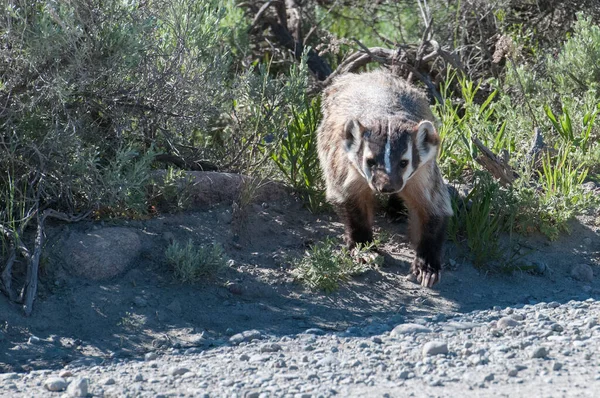
This remote valley in the park’s northeast corner provides some of Yellowstone’s finest wildlife viewing opportunities, particularly for wolf watchers and serious photographers. The meandering creek creates meadows that attract elk, bison, and the predators that follow them, yet the location requires enough hiking to discourage casual visitors.
Early morning visits often reveal wildlife activity that rivals any African safari, with wolves, bears, and large mammals interacting dramatically.
Cascade Lake Trail
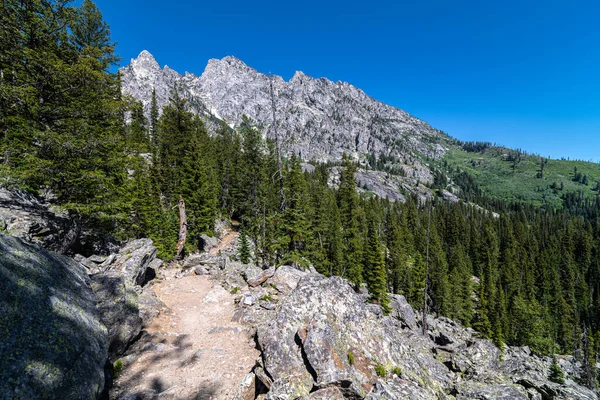
This easy three-mile hike leads to a pristine alpine lake surrounded by thermal features that most visitors never discover. The trail begins near the Grand Canyon area but quickly leaves the crowds behind, winding through forests and meadows that showcase Yellowstone’s diverse ecosystems.
The lake itself provides excellent fishing opportunities and backcountry camping spots for those wanting to extend their wilderness experience.
Like Travel Pug’s content? Follow us on MSN.
Bechler Region
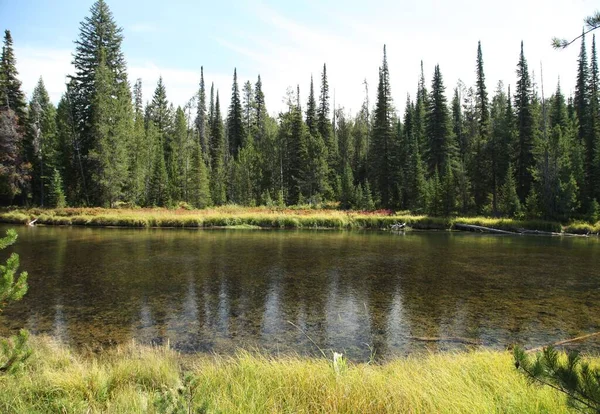
Known as Yellowstone’s ‘Cascade Corner,’ this southwestern section contains more waterfalls than any other area of the park, yet remains largely unexplored by typical tourists. The region requires hiking to access its best features, but the trails lead to spectacular cascades, thermal pools, and meadows filled with wildflowers during the summer months.
The Bechler River creates a series of falls and pools that rival anything in the park’s more famous areas.
Heart Lake
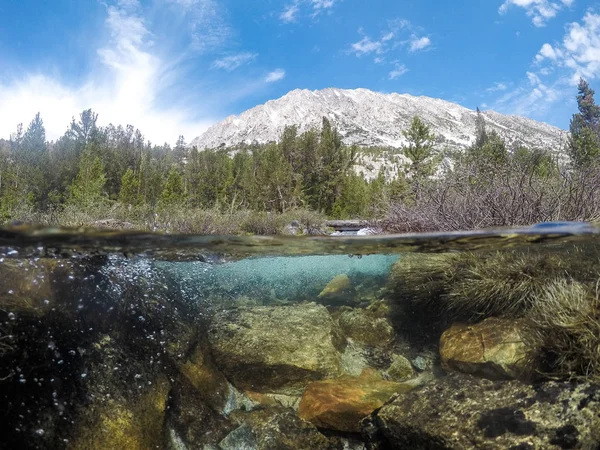
This backcountry destination combines excellent fishing with thermal features and stunning mountain scenery, accessible via a moderate eight-mile hike that eliminates casual visitors. The lake sits at the base of Mount Sheridan, providing dramatic backdrops for photography while supporting healthy populations of cutthroat trout.
Thermal features around the lake create unique camping and fishing experiences rarely found elsewhere in the Rocky Mountains.
Specimen Ridge
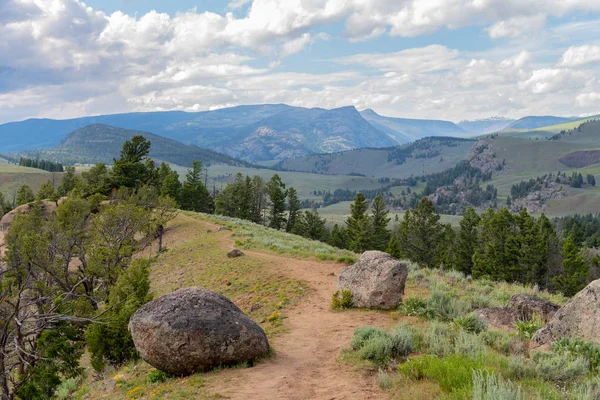
This fossil-rich area contains petrified forests that represent millions of years of volcanic activity, yet most visitors drive past without realizing the significance of what they’re missing. The ridge requires off-trail hiking to appreciate fully, but the fossilized trees and unique geological formations provide insights into Yellowstone’s ancient past.
The area also offers excellent wildlife viewing opportunities, particularly for bighorn sheep and elk.
Like Travel Pug’s content? Follow us on MSN.
Shoshone Lake
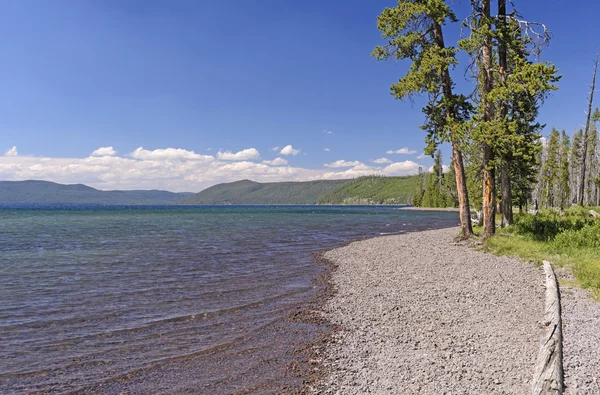
Yellowstone’s largest backcountry lake provides pristine wilderness experiences just eight miles from the nearest road, yet sees a fraction of the visitors that crowd the roadside attractions. The lake supports excellent fishing and provides access to Lewis Lake Channel, a waterway that feels genuinely remote despite being relatively accessible.
Thermal features around the lake create unique camping opportunities and wildlife viewing experiences.
Lamar Valley Buffalo Ranch
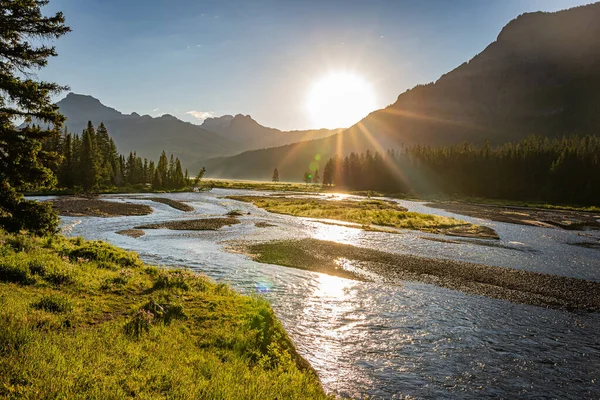
While the main Lamar Valley attracts wildlife watchers, the historic Buffalo Ranch area at the valley’s western end provides equally good viewing opportunities with far fewer people. The ranch buildings add historical interest to the wildlife watching, while the meadows and river areas support the same wildlife populations that make Lamar famous.
Early morning and evening visits often provide the best wildlife activity and photography opportunities.
Mystic Falls
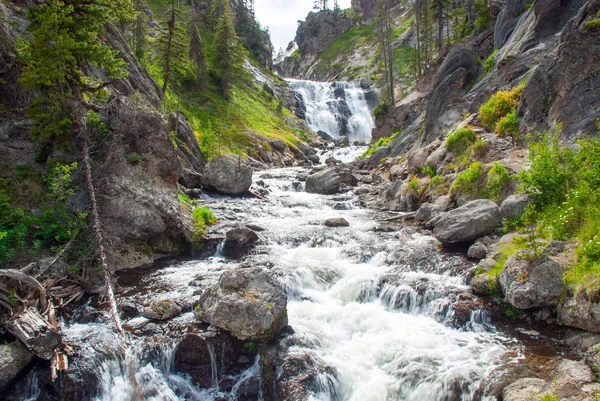
This 70-foot waterfall requires only a short hike from the Grand Prismatic area but remains surprisingly uncrowded despite its accessibility and beauty. The trail continues beyond the falls to an overlook that provides unique perspectives on the thermal features below, creating photo opportunities that most visitors miss.
The falls themselves provide a cool respite during summer hiking and a dramatic ice formation during winter months.
Like Travel Pug’s content? Follow us on MSN.
Trout Lake
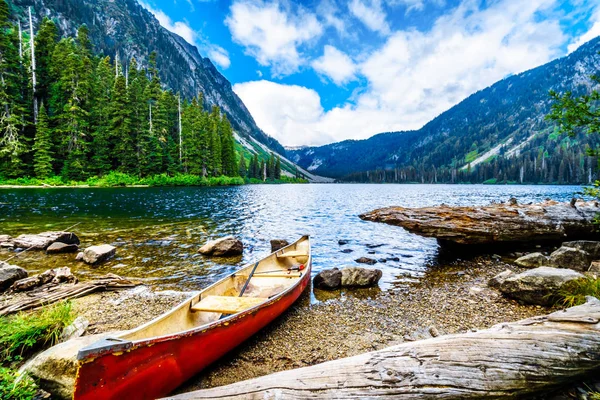
This small alpine lake near the Northeast Entrance provides excellent fishing opportunities and spectacular scenery via an easy one-mile hike that most tourists skip. The lake supports healthy populations of brook and rainbow trout, while the surrounding peaks create dramatic backdrops for photography.
The trail itself showcases diverse ecosystems as it climbs from sagebrush flats to subalpine meadows.
Ice Lake Trail
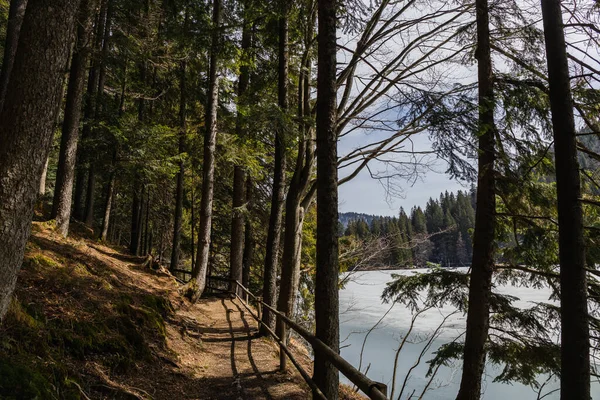
Despite its name, this trail leads to warm thermal pools and unique geological formations that remain largely unknown to park visitors focused on the major attractions. The moderately difficult hike rewards visitors with solitude and thermal features that rival the famous geyser basins without the crowds.
The trail also provides access to excellent wildlife viewing areas and wildflower meadows during the summer months.
Mount Washburn Fire Tower
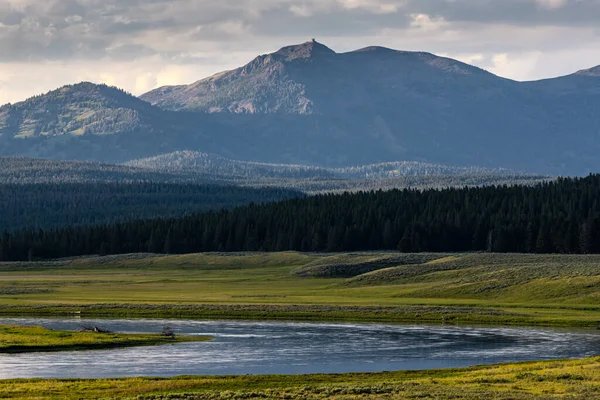
While many visitors drive to the Mount Washburn trailhead, few make an effort to hike to the fire tower that provides 360-degree views of the entire park. The moderate hike reveals bighorn sheep habitat and wildflower meadows, while the tower itself offers unparalleled perspectives on Yellowstone’s geography.
The views extend from the Tetons to the Absaroka Range, providing context for the park’s massive scale.
Like Travel Pug’s content? Follow us on MSN.
Fairy Falls
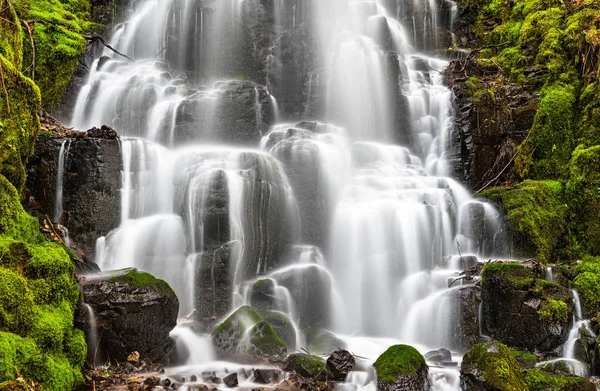
This 200-foot waterfall requires a moderate hike through interesting thermal features yet remains far less crowded than similar attractions along the park’s main roads. The trail passes Imperial Geyser and other thermal features that provide diverse experiences within a single hike.
The falls themselves create a dramatic finale to the hike, with mist and spray that provide cooling relief during summer visits.
Dunraven Pass
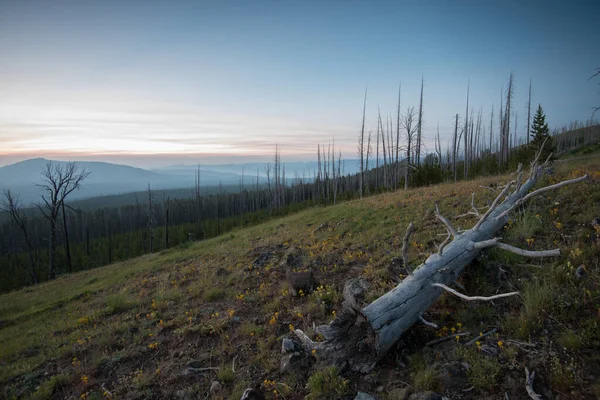
This high-elevation area between Mount Washburn and Canyon Village provides alpine scenery and wildlife viewing opportunities that most visitors miss while driving between major attractions. The pass offers access to subalpine meadows filled with wildflowers, while the parking areas provide starting points for backcountry adventures.
The elevation creates different ecosystems from the valley floors, supporting unique plant and animal communities.
Sepulcher Mountain
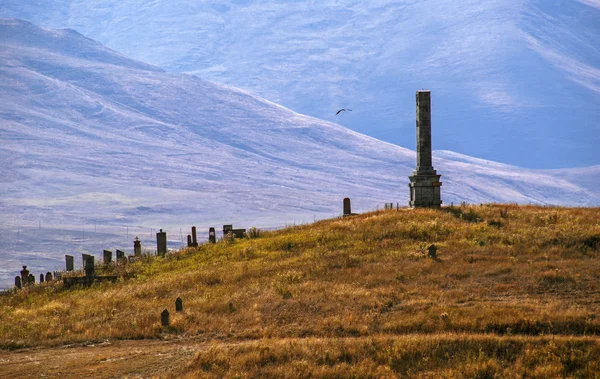
This moderate hike near Mammoth Hot Springs provides excellent views of the park’s northern ranges and thermal features while avoiding the crowds that cluster around the main thermal areas. The trail showcases diverse ecosystems as it climbs from thermal terraces to alpine meadows, providing opportunities to observe how elevation affects plant and animal communities.
The summit offers unique perspectives on the park’s geological complexity.
Like Travel Pug’s content? Follow us on MSN.
Pelican Valley
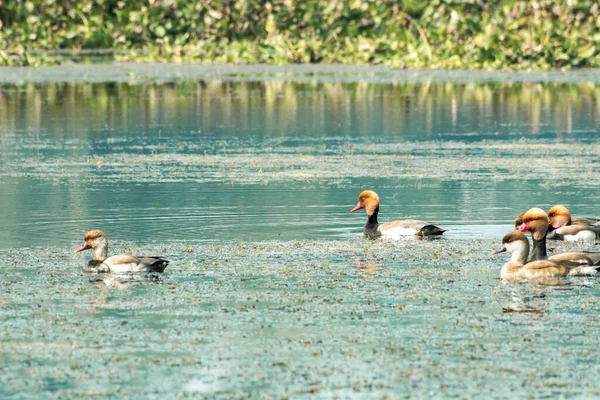
This restricted-access area opens during late summer and fall, providing some of Yellowstone’s best wildlife viewing opportunities for visitors willing to follow the regulations designed to protect both animals and humans. The valley supports large populations of elk, bison, and the predators that follow them, while the restrictions ensure wildlife behavior remains natural.
Access requires hiking and adherence to strict guidelines, but wildlife viewing opportunities rival those anywhere in North America.
Gibbon Falls
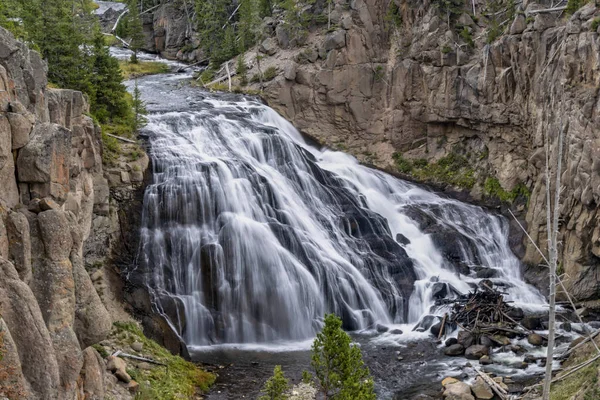
This easily accessible waterfall along the Grand Loop Road is overshadowed by more famous attractions, yet provides excellent photography opportunities and peaceful surroundings just steps from the parking area. The 84-foot falls create a dramatic cascade that’s particularly impressive during spring runoff, while the surrounding meadows support wildlife and wildflowers throughout the summer.
The location provides an excellent introduction to Yellowstone’s waterfalls without requiring significant hiking.
Wilderness Still Waits Beyond the Crowds
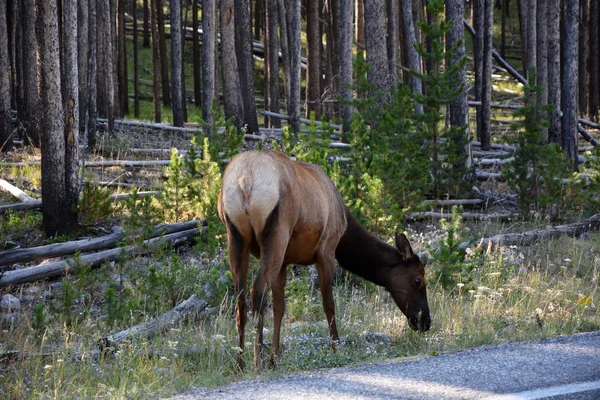
Yellowstone’s hidden destinations prove that America’s first national park still offers genuine wilderness experiences for visitors willing to venture beyond the main attractions. These lesser-known areas provide the same natural wonders that make Yellowstone special—thermal features, wildlife, and stunning scenery—while preserving the sense of discovery that draws people to wild places.
The park’s massive size ensures that patient explorers can still find solitude and adventure in landscapes that remain largely unchanged since the park’s establishment over 150 years ago.
Like Travel Pug’s content? Follow us on MSN.
More from Travel Pug

- 20 Best Beach Towns in the Carolinas
- 13 Destinations Where Tourists Regularly Regret Their Trip
- 20 Things You Actually Get in First Class
- 20 Small Airports With Aviation Museums
- 20 Places in the U.S. That Are Perfect for a Reset Trip
Like Travel Pug’s content? Follow us on MSN.
